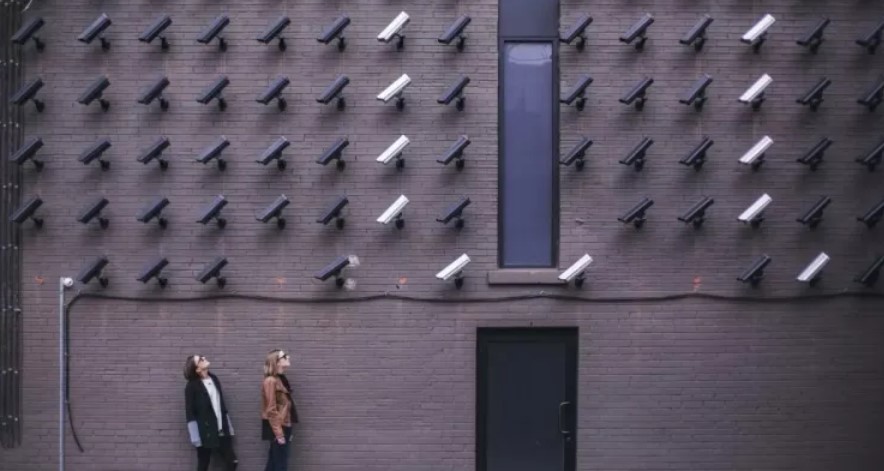The Future of CCTV and Policing
 By Professor Fraser Sampson, former UK Biometrics & Surveillance Camera Commissioner
By Professor Fraser Sampson, former UK Biometrics & Surveillance Camera Commissioner
Last week’s webinar by Public Policy Exchange considered the future of CCTV and related policy issues for the new Labour government. In truth, CCTV as we know it does not have a future and even its past is now of questionable relevance.
Looking first at its history, more than 25 years of study into the impact of CCTV on crime generated an extensive body of evidence but the jury has yet to reach unanimity on a verdict. However, all of the research was undertaken when cameras just filmed things. Most modern surveillance devices are not cameras anymore; they are networked computers, one basic function of which is to capture images. They are rarely on closed circuits and they are not on TV.
The received wisdom on the impact of public space surveillance took place before the camera knew who it was looking for; before it ‘knew’ anything in fact. Now the AI-driven device looking for me knows exactly what I look like and also what I sound like, how I walk, what I wear, drive or ride, and not just at the ‘time in question’ but generally. It knows where I have been, where I go, when and with whom – again, not just on the night in question but habitually. It can communicate, it can teach and learn from other devices, it can retrieve, combine, synthesise and suggest and each time it looks for me it gets better at finding everyone. And I – the person being sought – know this too. This is nothing like CCTV.
As to its future, we know from retailers the significant difference that facial recognition systems has made in protecting their staff from assaults, abuse and harassment, reducing incidents dramatically (sometimes >60%) when compared to conventional in-store CCTV; it is a reasonable hypothesis that such intelligent devices being used by the police will have some direct positive impact on wider crime and criminality in way that was simply not possible or imaginable with CCTV.
Technology has also changed surveillance behaviour, both that of the police and the citizen. Look at the first thing police forces do when something important happens. The police response now – not just in the UK but in every country I have worked with – is to put out a call for people to send in images, anything from their GoPros, doorbells, dashcams, anycams. Why? Because someone almost certainly captured something relevant.
An increasing amount of surveillance material on which policing relies is coming, not from cameras on lampposts, but from the citizen. The surveillance relationship between citizen and state has thus shifted from a world where policing needed images of the citizen to one where it increasingly depends on images from the citizen. Public space surveillance is no longer about where the police put their cameras: it is about what they do with the data from everyone’s cameras (and phones and other devices). This is nothing like the world of CCTV.
In the future – if it has not already – policing is going to depend on the aggregated surveillance capability of our communities and when that becomes a critical dependency the new surveillance relationship is going to matter. People may not want share data from home devices, particularly if they believe it will attract attention from criminal groups, if they do not trust the police to use it appropriately or if they simply do not know what the rules are. Are we going to make them share it? How?
Some countries have laws to do this already and I am not sure that is the path we want to go down. For a government seeking to regulate this new public space reality, there is little point in partially focusing on the diminishing few CCTV cameras operated by the police. That would be like regulating printed newspapers and not digital media. After decades of looking up at adverts trying to influence our decisions, we now find the adverts are looking back and they are making decisions about us.
Like the CCTV cameras of old, the billboards have evolved along with dashboards and doorbells. So why are we still talking about cameras on sticks?
Fraser Sampson, former UK Biometrics & Surveillance Camera Commissioner, is Professor of Governance and National Security at CENTRIC (Centre for Excellence in Terrorism, Resilience, Intelligence & Organised Crime Research) and a non-executive director at Facewatch.
Source: Biometric Update
Become a Patron!
Or support us at SubscribeStar
Donate cryptocurrency HERE
Subscribe to Activist Post for truth, peace, and freedom news. Follow us on Telegram, HIVE, Minds, MeWe, Twitter – X and Gab.
Provide, Protect and Profit from what’s coming! Get a free issue of Counter Markets today.


